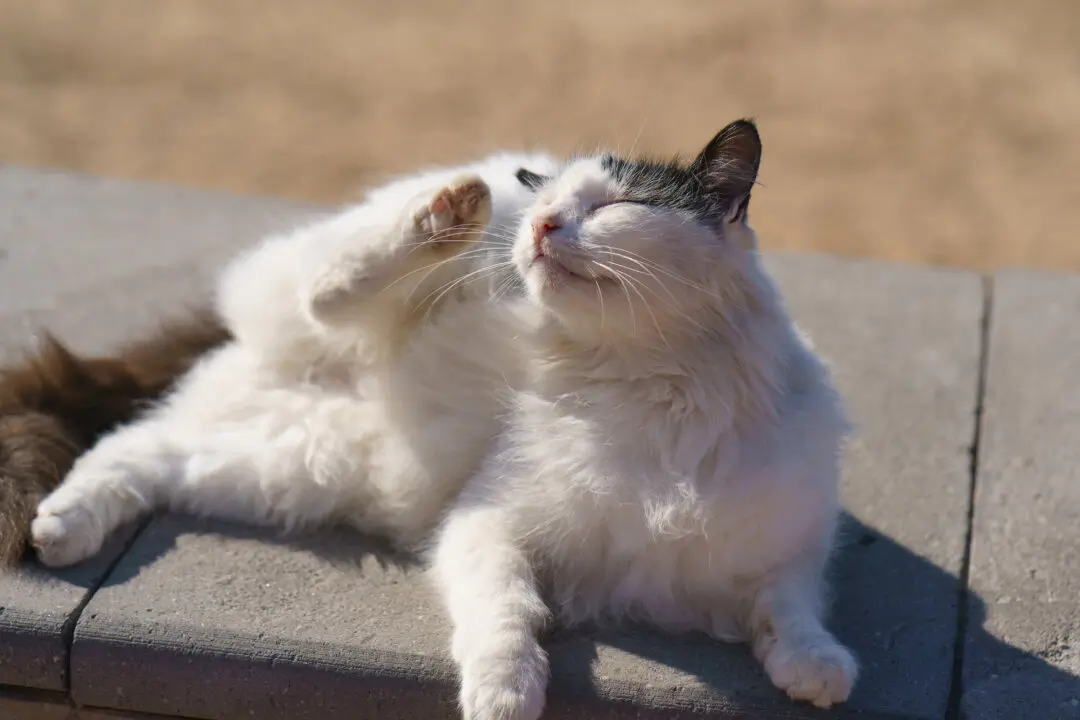Q: We recently adopted Tucker, a young, neutered, mixed-breed dog. We don’t know how he behaves around children, because our kids are adults and we’ve remained distanced from our neighbors. As soon as the pandemic is over, our grandchildren will visit. What can we do to prevent Tucker from biting one of them?
A: Start by taking Tucker to a group training class that uses treats, praise, and other rewards to positively shape behavior. Socialize him with other dogs, adults, and children who know dogs, and familiarize him with unusual noises and places. Dogs that are well socialized and trained are much less likely to become aggressive.





